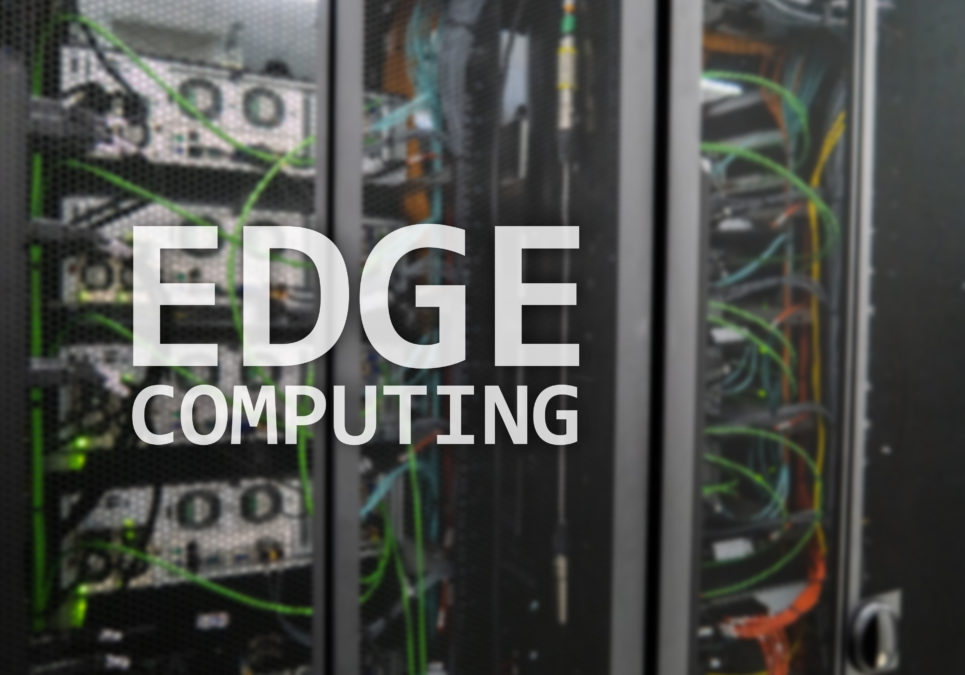When it comes to connecting services and applications together, cloud services have to be one of the most revolutionary technologies to date. Today 77% of enterprises have one or more application located in the cloud. Cloud service providers like AWS, Google Cloud and Microsoft Azure have helped to forge a gigantic market. Yet in spite of the scale of the cloud services market, edge computing is shaking up the equilibrium.
The model of networks supplemented by external cloud services is evolving. Setting up modern networks in this manner has been great for flexibility but is being outgrown as organisations seek to use more IoT devices. With integrated IoT and 5G devices, companies are being forced to move on from the old model of cloud services and legacy networks.
With edge computing, the performance of applications is increased considerably. Data that has been created by IoT devices is processed as close to the source as possible. The less distance the data has to travel the more responsive the device (or service is). Edge computing is not only being used to support applications but also to lay the groundwork for ‘smart cities’ as well.
An introduction to edge and fog computing: A primer in 2018
Edge Computing vs Fog Computing
Edge computing is not alone in shaking up networking as there has been a growth in the use of fog computing as well. In theory, both edge and fog computing are intended to improve the performance and response time of applications, but they do so in different ways.
In edge computing, programmable automation controllers or PACs process the data at the edge of the network. In contrast, fog computing is processed with a fog node or IoT gateway within the local area network. Edge computing is the more efficient of the two because it reduces the number of steps data takes to reach its destination.
The CTO’s guide to edge computing
Information Age’s comprehensive guide to edge computing for CTOs and business leaders
Under edge computing devices are connected to a PAC where data is automatically collected and analysed. The PAC then makes the decision on whether to retain this data locally or send it on to the cloud. Fog computing takes a more complex approach. Devices are connected to a PLC or PAC automation controller which sends the data onwards to a protocol gateway or OPC server. At this stage, the data is translated so that it can be understood by the fog node. It is at this stage that data is processed and analysed.
The fog computing approach is more convoluted because it relies on a conversion process. Edge computing skips this process to keep the architecture simple. The simplicity of edge computing is one of the main reasons that it is challenging the cloud services model.

Written by Tim Keary, Freelance Tech Writer







